Scottish painter, architect, and designer Charles Rennie Mackintosh influenced the the modern movement. Additionally, he created some of the most influential buildings, furniture, and decorative schemes of the early 20th century.
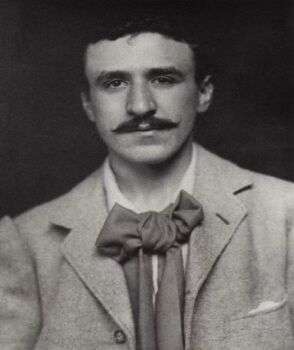
Image source: https://en.wikipedia.org/wiki/Charles_Rennie_Mackintosh#/media/File:Charles-Rennie-Mackintosh.jpg
About His Life
Charles Rennie Mackintosh was born on June 7, 1868, in Glasgow. He was the second son of eleven children of William McIntosh and Margaret Rennie. Further, his father was the Superintendent and Chief of Police for the City of Glasgow.

Image source: https://search.creativecommons.org/photos/c9e28c28-92ae-48f8-b781-9665432c445e by dalbera
Mackintosh grew up in the Townhead and Denniston districts of Glasgow, where he attended Reid Public School and the Allan Glen Institute from 1880 to 1883. Since childhood, Charles avoided noisy companies and led a sedentary lifestyle due to problems with his musculoskeletal system due to injury. Thus, Charles devoted his free time to his sketches of garden flowers, which later became an adornment of many interiors.

Image source: https://search.creativecommons.org/photos/77a8356f-a126-426a-ac10-ccd1d298867d by Yanajin33

Image source: https://search.creativecommons.org/photos/6e53afe9-921d-49f8-a655-12c4f905fcc2 by dalbera
In 1890, Mackintosh became the second winner of the Alexander Thomson Student Travel Competition, which “promoted the study of ancient classical architecture, with particular emphasis on the principles illustrated in the works of Mr. Thomson.” Then, in 1889, Macintosh joined Hanimen and Keppi as a draftsman for the architectural practice. In 1896, he won a competition to design and build a new art school for his mentor, Newbury, which was his first project. Compared to everything that was being built in Europe at that time, this project was completely revolutionary. The building established Macintosh as a radical architect from the start. Additionally, he sought a new design language suitable for the 20th century. Moreover, through the Glasgow School of Art, Mackintosh laid the foundation for modern architecture.
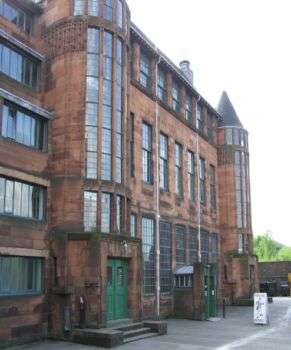
Image source: https://search.creativecommons.org/photos/6aff151f-2120-45e8-b824-4095de718b15 by Finlay McWalter
Success in His Field
Around 1892, at the Glasgow School of Art, Mackintosh met artist Margaret McDonald, who later became his wife. One fellow student, Herbert McNair, married Margaret’s sister, Frances MacDonald, a year earlier. The group worked together to become known as “The Four” and were prominent figures in the art and design style of Glasgow. In addition, they produced some of the most inventive decorative art and graphic design of the period.

Image source: https://search.creativecommons.org/photos/ca63ee82-e08f-4aff-9ce2-91128116e5ca by John a s
In 1904, after completing several successful construction projects, Mackintosh officially partnered with Honeyman & Keppie and the company became Honeyman, Keppie & Mackintosh. Then, when economic difficulties led to the closure of many architectural practices, in 1913, he abandoned the partnership and tried to open his practice.
Features of His Style
Charles Rennie Mackintosh is an iconic figure in the history of British design and architecture, as he is the ancestor of British Art Nouveau. His style replaced the reigning neo-romanticism and marked the beginning of the formation of a “cosmopolitan” variety of modernity. A distinctive feature of British Art Nouveau is a refined and noble restraint, close to asceticism. It is noteworthy that Charles used this style when working with graphics and interior design. As for architectural activities, he showed himself as a neo-romantic, inclined towards rationalism.
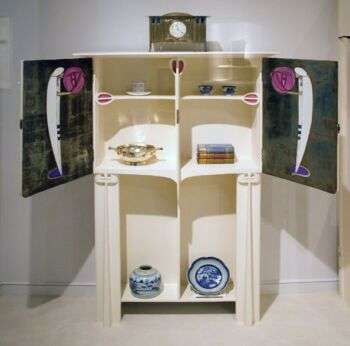
Image source: https://search.creativecommons.org/photos/ce4265cf-5db7-4b91-960f-a24a8729137f by ahisgett
Mackintosh shared the idea, popular among his contemporaries, that it was the architect’s duty to design the structure of a project and every detail of its interior. He was also a gifted painter. Notably, he created exquisite flower paintings and a series of striking landscapes of the south of France.
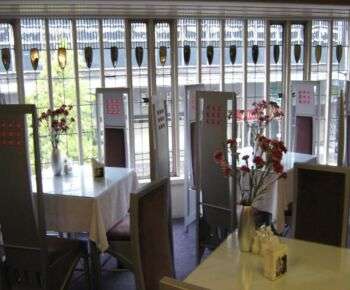
Image source: https://search.creativecommons.org/photos/d5895f1a-5a58-4731-a647-26e6f67071d3 by marsroverdriver
His Major Works
Mackintosh’s work can be divided into three main areas: public buildings (Scotland Street school in Glasgow), private homes (The Hill House and the villas Windyhill), and tea rooms (The Willow Tearooms).
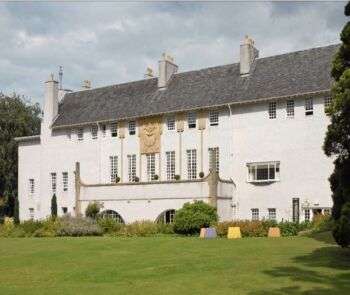
Image source: https://search.creativecommons.org/photos/d334cf7f-570e-493e-8665-5f7346d0e4f7 by dalbera
- Glasgow School of Art (1896–1909): the original example of Art Nouveau architecture in Britain.
- The Willow Tearooms (1904): the most unique piece from Macintosh, combines art, architecture, and design into a single environment.
- Windyhill (1899-1901): located in Kilmacolm
- House on a Hill (1902): located in Helensburg
- Scotland Street School (1904–06): located in Glasgow
He was also responsible for two unrealized projects: the 1901 International Exhibition in Glasgow (1898) and the Haus eines Kunstfreundes or drawings for a competition to design a House for a Lover (1901). The latter was posthumously built as a House for an Art Lover in the late 20th century in Bellahouston Park, Glasgow.

Image source: https://search.creativecommons.org/photos/ab396dbc-880b-4166-84a3-d0d3e2f2aaa5 by dalbera
Info Sources:
For more references, please also visit: www.jbdesign.it/idesignpro
